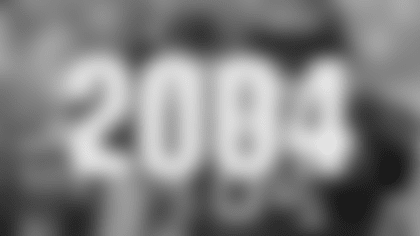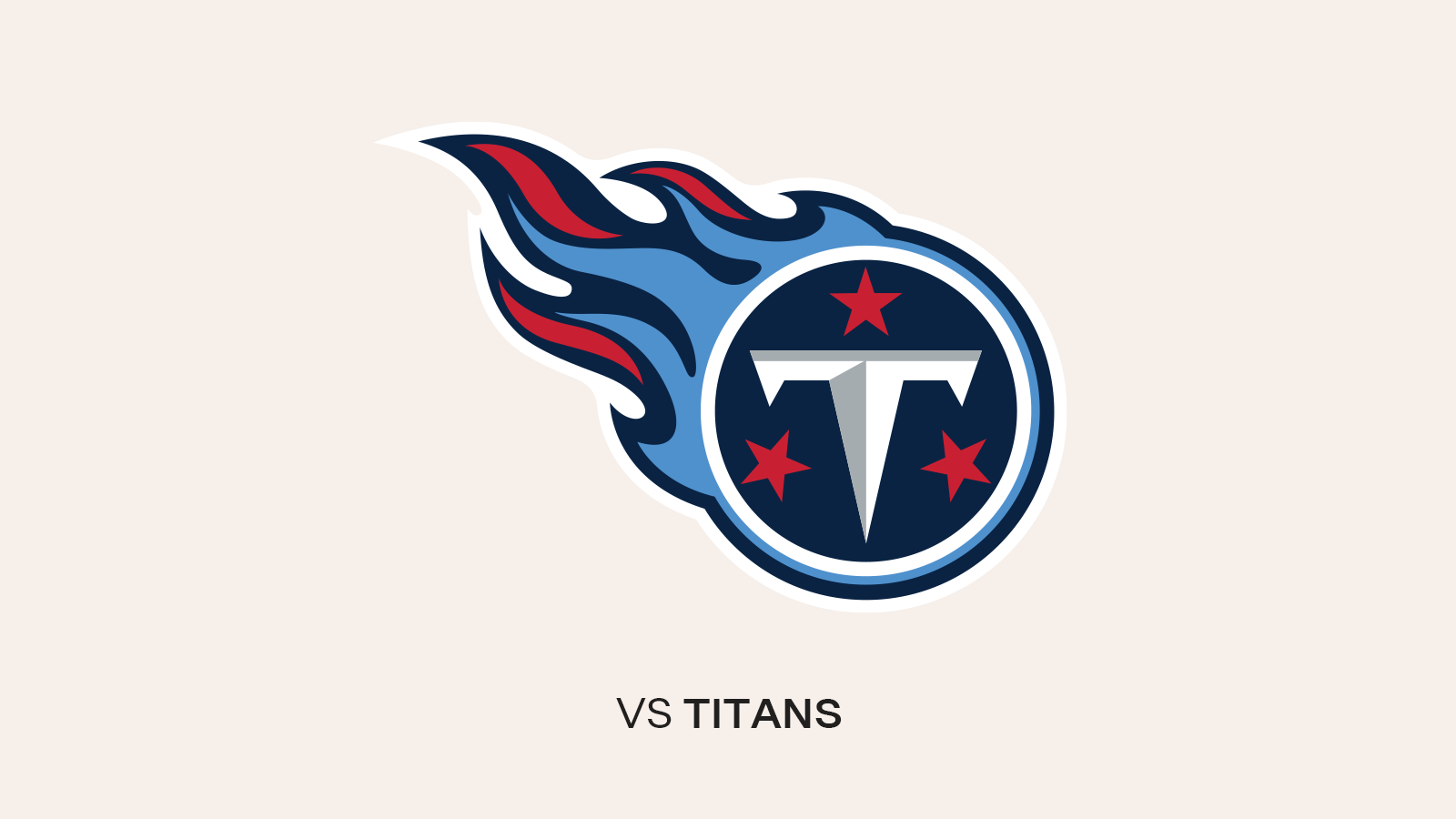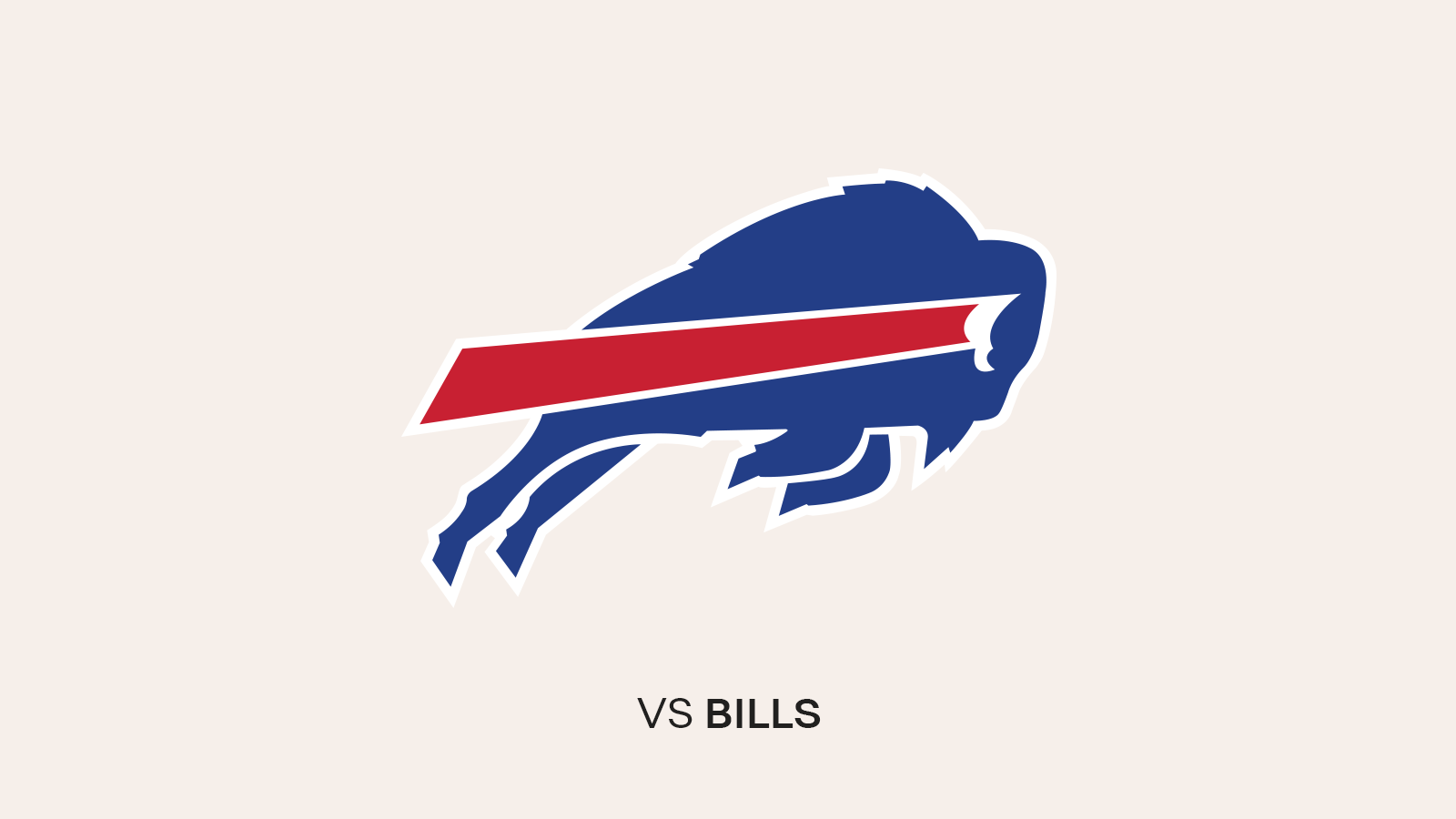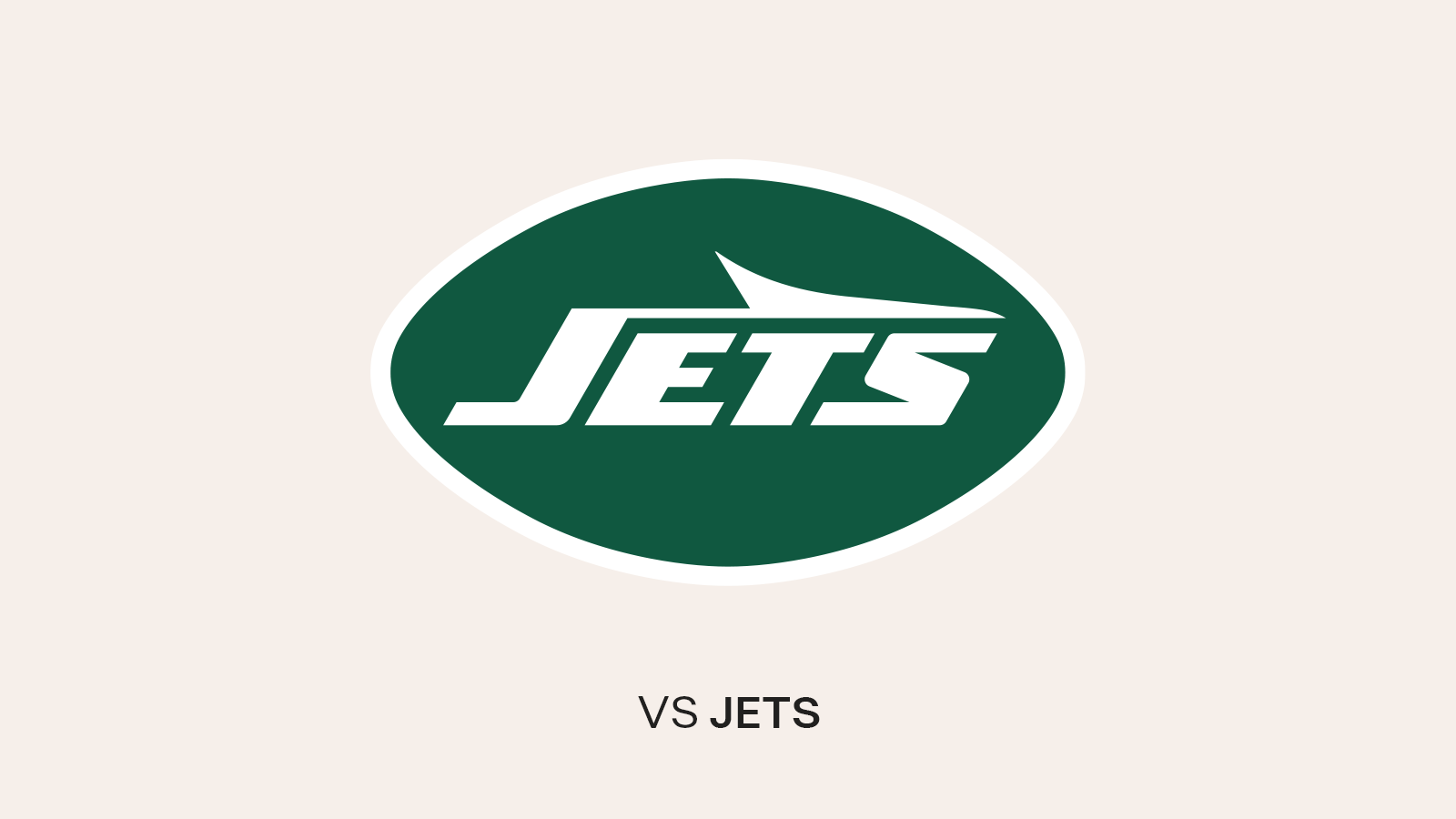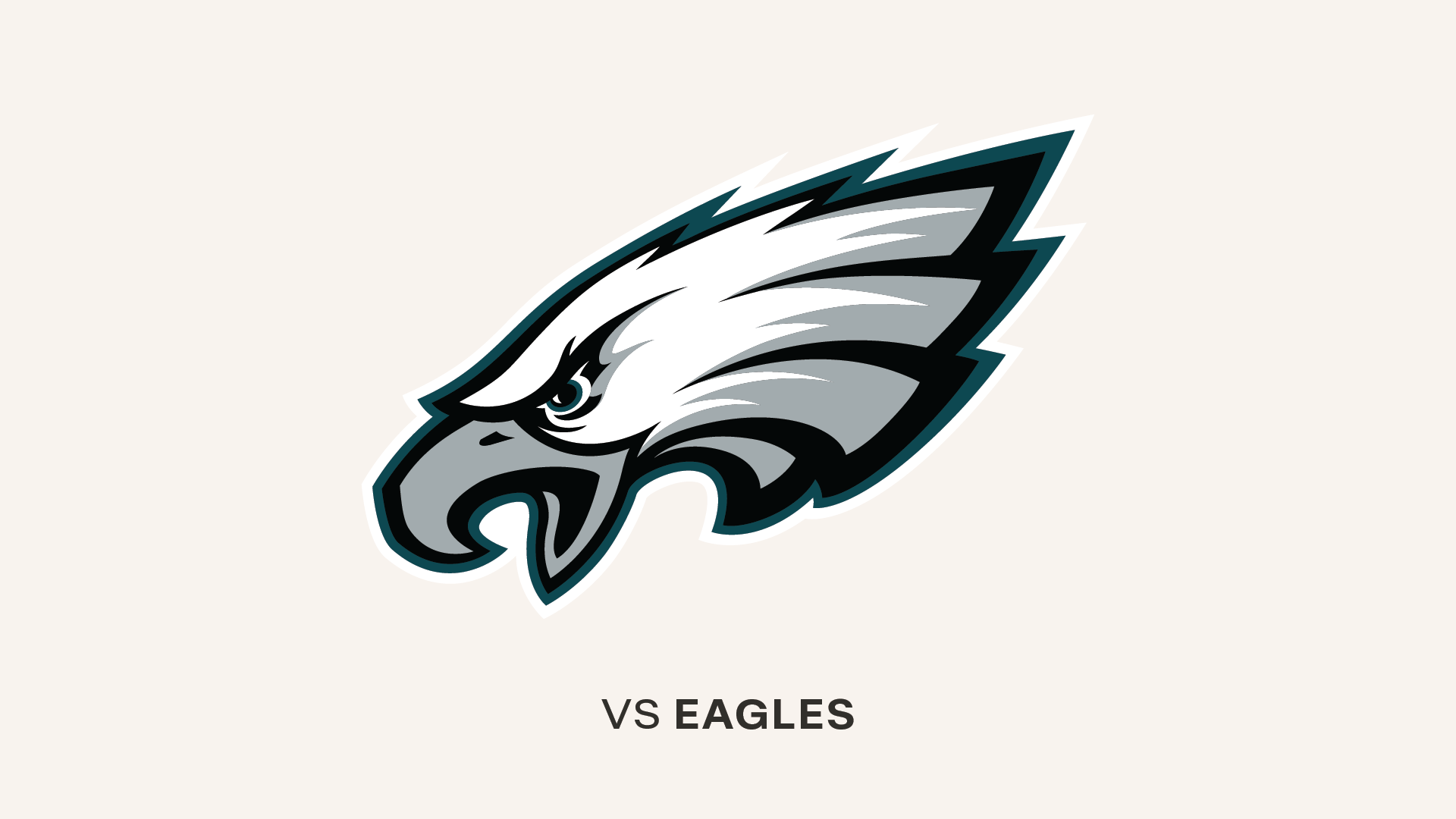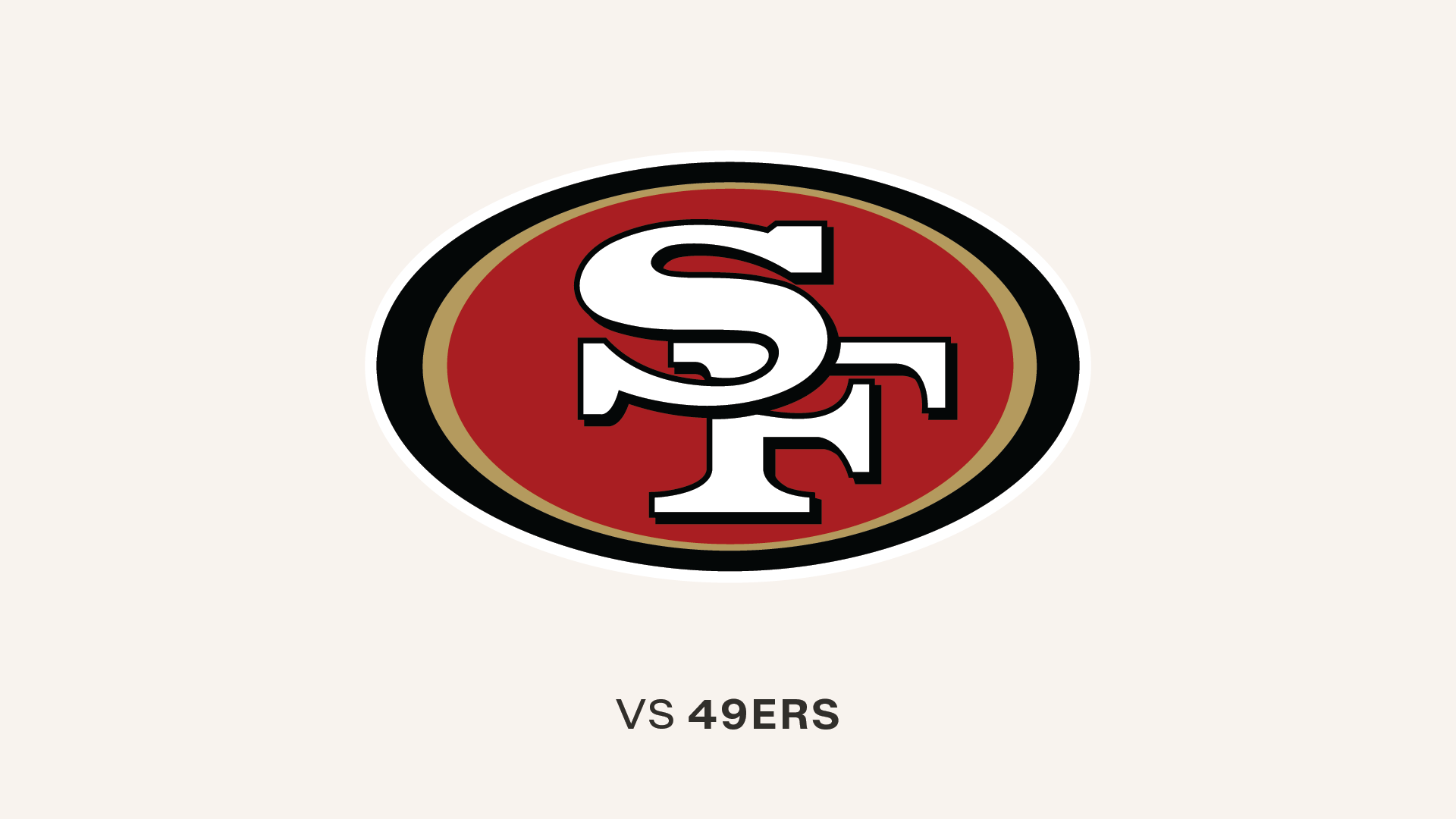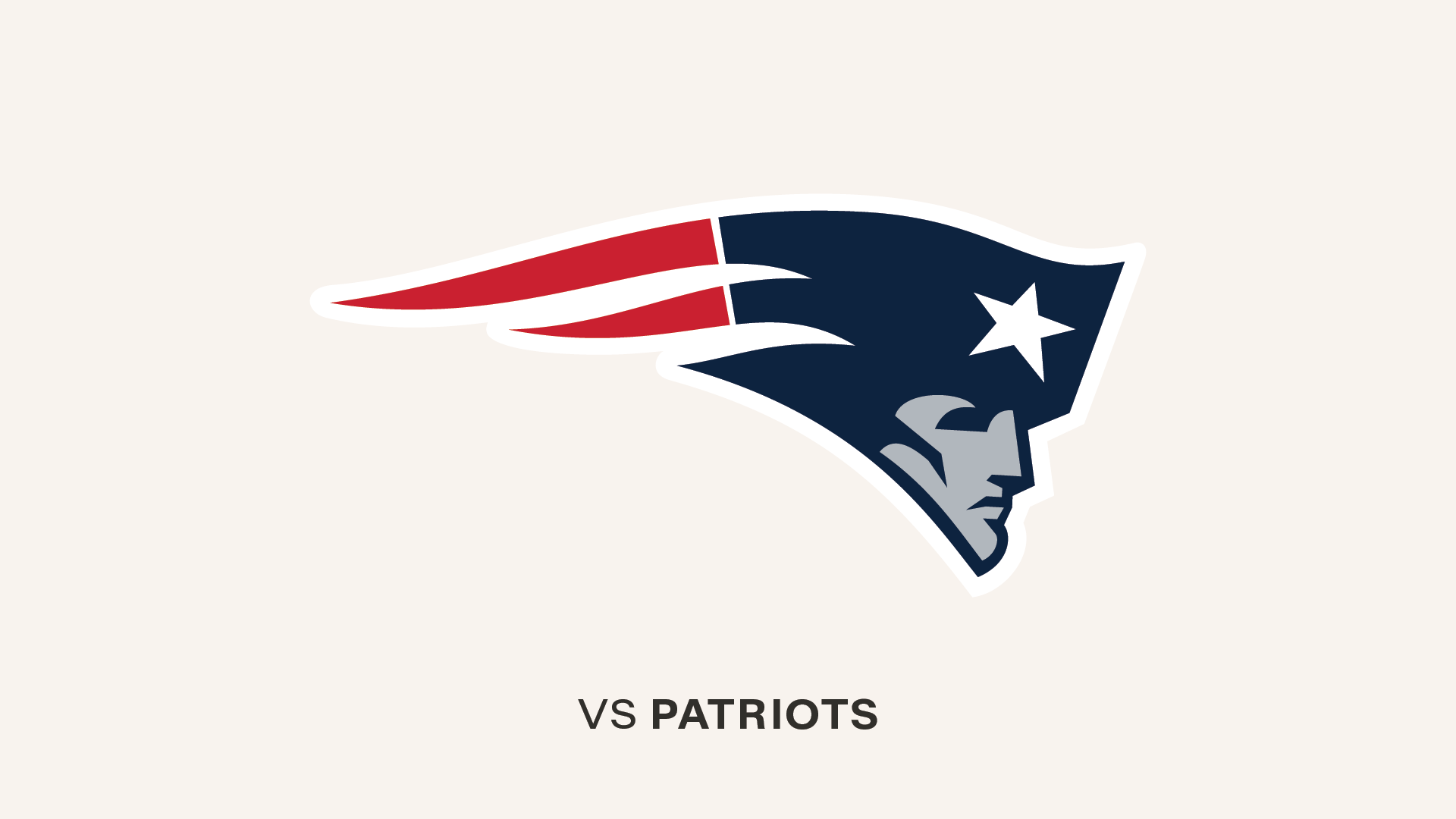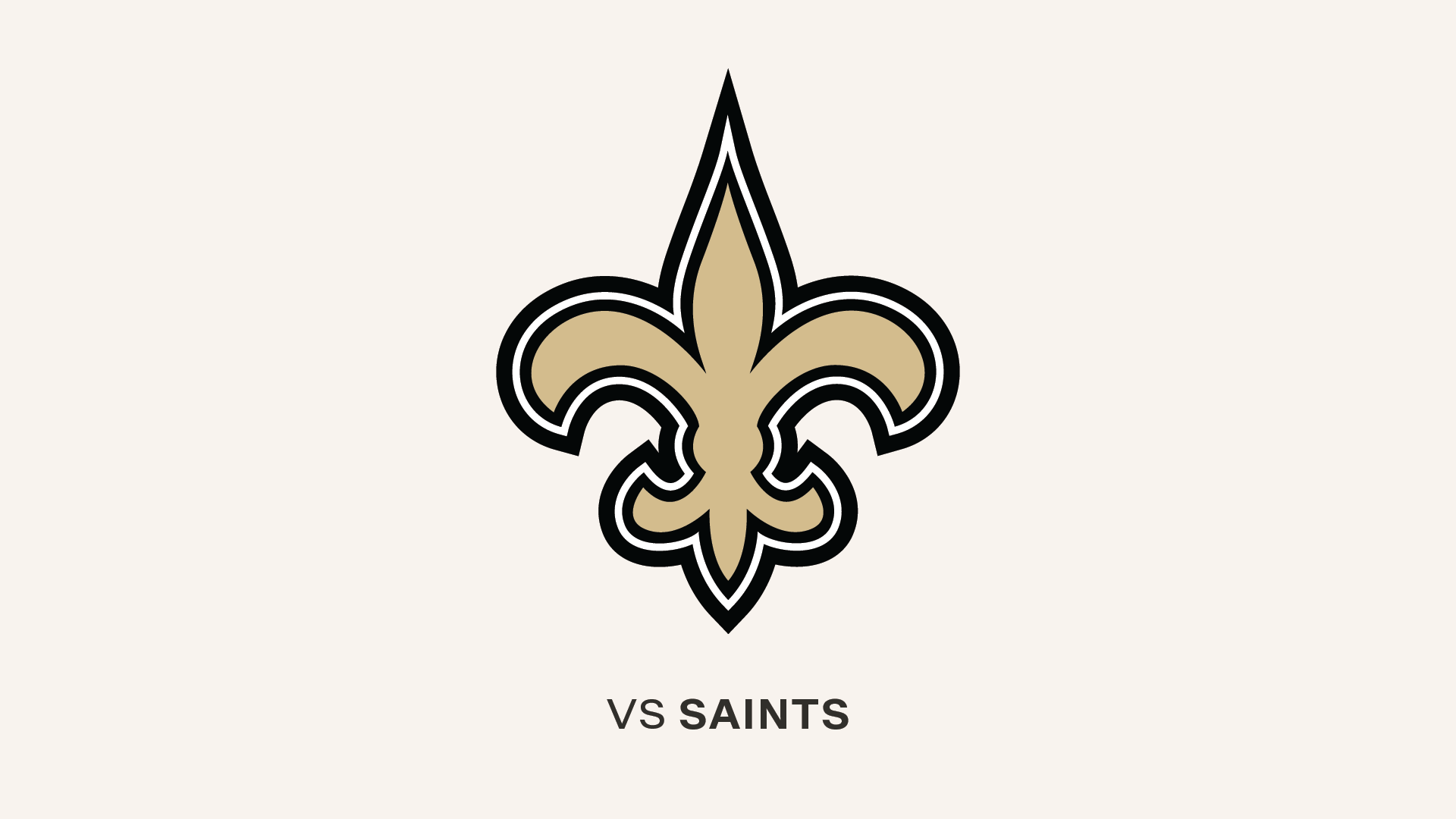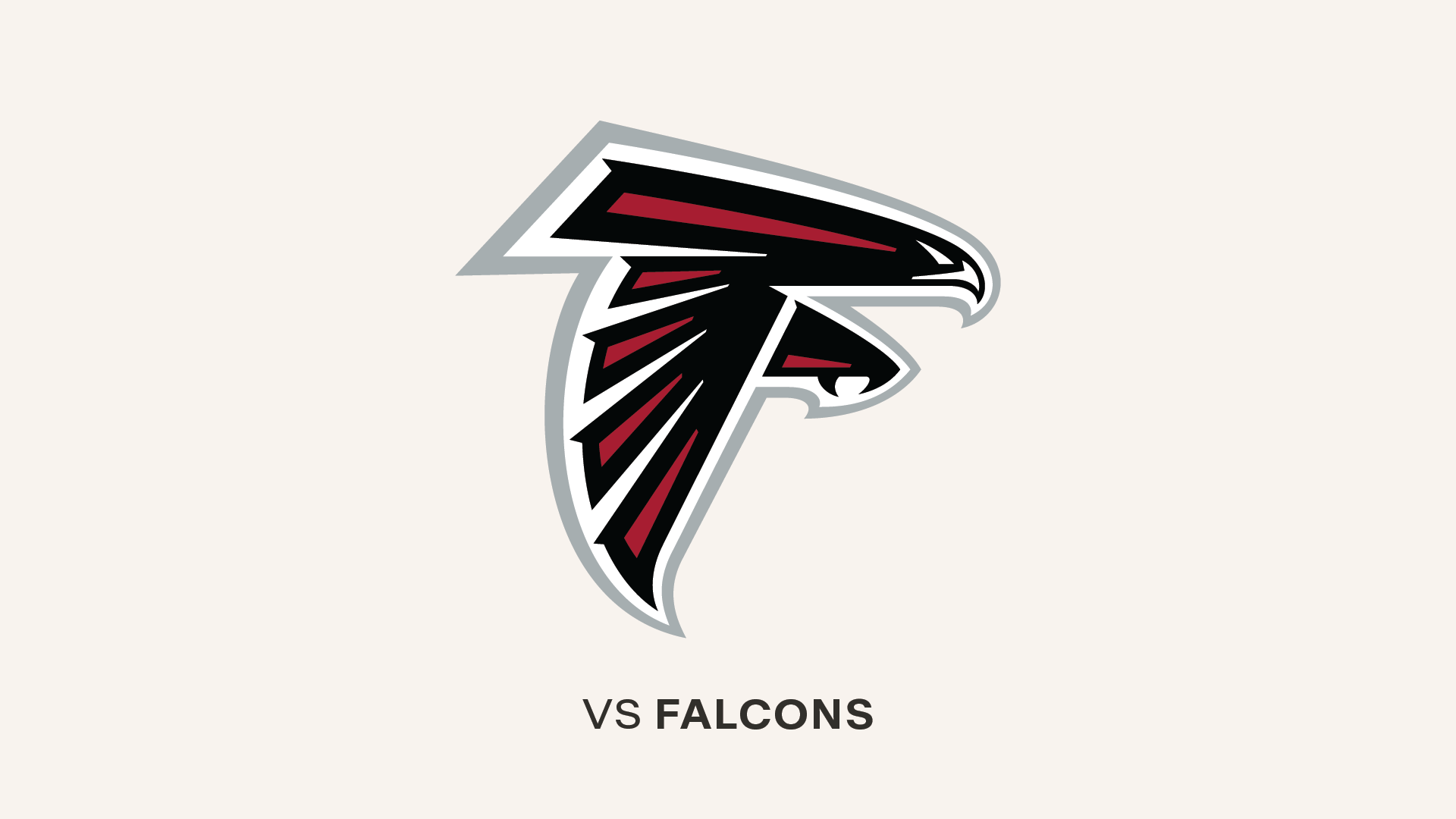When it comes to improving upon their numbers from the 2017 season, the only one that really matters to the Tampa Bay Buccaneers is five. That's how many wins they secured, against 11 losses, which was obviously not enough to make the playoffs after a 9-7 campaign in 2016 had raised expectations.
The 2017 season obviously generated many other numbers, from the straightforward team stat table tracking things such as completion percentage and individual receptions to next-level breakdowns like hot-and-cold passing charts and records in close games. The Buccaneers did some things well statistically, like converting on third downs on offense (43.4%, fourth in the NFL) and recovering fumbles on defense (13, tied for second). They were less impressive in other areas, such as stopping third-down conversions (48.1%, last in the league) and losing fumbles (13, tied for 28th).
Some numbers mean more than others. Tampa Bay's offense was second in the league in generating first downs, with 352, and that's certainly good. Far more impactful to the bottom line for the Bucs' offense, however, was its 27 giveaways. Some numbers clearly shaped the team's offseason priorities in 2018 – pair the team's pass-rush output with its free agency moves and you get the idea – and some can be easily forgotten, such as a 21.6-yard kickoff return average, which was generated on just 20 returns.
But there is room for improvement nearly everywhere when it comes to the stats the Buccaneers generated in 2017 and the ones they hope to generate this coming fall. That's true even where things went generally well. The Buccaneers' passing attack, for instance, produced the fourth-most net yards in the league in 2017, but it also ranked 30th in average yards after the catch. Tack on some YAC and the Bucs might lead the league in passing in 2018.
Statistics, and where the Bucs can improve them, is our topic of the day as we continue with Roundtable Week. Buccaneers.com contributors Casey Phillips, Carmen Vitali and I are tackling one topic per day during this Fourth of July week, all of them related either to the upcoming training camp or the 2018 season. In this discussion, we are each going to pick an area in which we think the Buccaneers are going to improve in 2018, and in which they clearly need to improve.
Here is our daily schedule of topics:
Monday: Which player will emerge as a training camp surprise?
Tuesday: Who will be the Buccaneers' team MVP in 2018?
Wednesday: What will be the most interesting position battle in training camp?
Thursday: In what area will the Buccaneers make the biggest statistical improvement in 2018?
Friday: What game on the Buccaneers' 2018 schedule are you anticipating the most?
As previously noted, the three of us are making a point not to duplicate picks during this Roundtable Week. As such, the order of selection is relevant, and we'll be rotating that all week. Casey has rotated back around to the top, so she gets to pick first today, followed by me and then Carmen. Kick it off, Casey!
View some of the best photos of the Buccaneers' defense from 2018 Mini-Camp.






































Casey Phillips: Sacks
Well when the team was last in the league in sacks in 2017, it left a lot of room for improvement and made this an easy choice. That's even before you look at what the team did this offseason to ensure it doesn't happen again. JPP, Vinny Curry, Beau Allen, Vita Vea, Mitch Unrein. And don't forget new defensive line coach Brentson Buckner who, based off what players have been saying, may be the biggest factor in turning this line around.
Jason Licht and his staff clearly knew this stat category had to improve and went all in to fix it, as Scott hinted at above. Adding all those new pieces to the line should take some of the attention off Gerald McCoy and free him up to do his thing. Plus, Noah Spence seems finally to be healthy and at a weight that could keep him that way for the duration of the season. I can't wait to watch this line get fully unleashed at the start of the season, and to see how much better it makes the linebackers and secondary when QBs are frantically trying to get rid of the ball.
Scott Smith: Red Zone Touchdown Efficiency
In 2016, 11 NFL teams scored a touchdown on 60% or more of their drives that penetrated the opposition's 20-yard line. A decade earlier, in 2006, only five teams topped 60% in that category. Buccaneers Head Coach Dirk Koetter took note of this trend in the 2017 offseason and made a change to his list of statistical targets for his team. His previous season goal was 55% red zone efficiency, but he upped it to 60% for 2017, figuring that would get his team into the top third of the league.
Tampa Bay had been a bit below average in that regard in 2016, scoring touchdowns on 51.9% of their red zone incursions to rank 25th in the NFL. Given that its field goal rate was the worst in the league that year, that was a particularly critical issue, though the Bucs did overcome it to win nine games. Unfortunately, things got a little worse last year, as that touchdown efficiency dipped to 49.1%, good for 24th in the league. For a team that finished 3-7 in one score games, that was a problem. Every trip into the red zone counts.
So why do I think this is going to be better in 2018? Simply because it was such a glaring issue a year ago, and it has really captured the attention of Koetter and his staff. I'm not saying they didn't focus on that area before – red zone drills are a staple of many practices – but I just think they are determined to fix this area, and I think they've broken down the film in every way possible to figure out how to do so.
I also think this offense has too many talented skill-position players not to succeed. Mike Evans and Cam Brate, in particular, are fantastic red zone weapons, and O.J. Howard may become one. If Ronald Jones can help revive the Bucs' rushing attack, that could be the difference. The Buccaneers averaged 2.35 yards per carry in the red zone last year, which was a little bit below the NFL average. Improve that, find a run-pass balance in that part of the field (and in all parts of the field) and you've got the makings of an attack that is hard to keep out of the end zone.
And the improvement doesn't have to be massive to be impactful.
"We finished 24th in the league [in red zone scoring]," said Offensive Coordinator Todd Monken recently. "What's interesting about that is it just would have taken five more touchdowns and then you jump from 24th to eighth because the sample size is so small. You have [around] 53 opportunities which is [eighth] in the league. We got down there [the eighth most times] in the league, but we didn't take advantage of those opportunities."
Carmen Vitali: Run Defense
The Bucs ranked as the 22nd-best rushing defense in the league in 2017, giving up 1,880 yards on the ground as well as the third-most rushing touchdowns with 17. Third-down run defense was especially lacking, with opponents converting 68% of the time in those situations. But let's not forget that a poor performance makes room for plenty of improvement, working in my favor for this argument.
The additions to the defensive line (who I'm really high on this week apparently) are quite good at stopping the run, especially Vinny Curry and Beau Allen. Curry had 8.5 run stuffs in 2017 which tied him for sixth most in the league. Both players came from a Philadelphia team that ranked as the number-one run defense in the NFL. The Eagles gave up just 1,267 ground yards and seven rushing touchdowns all season. Now add in the rookie Vita Vea and his run-stopping reputation and I feel pretty confident the Bucs' rushing defense can make a big leap – and quite a few big stops – this season.




















